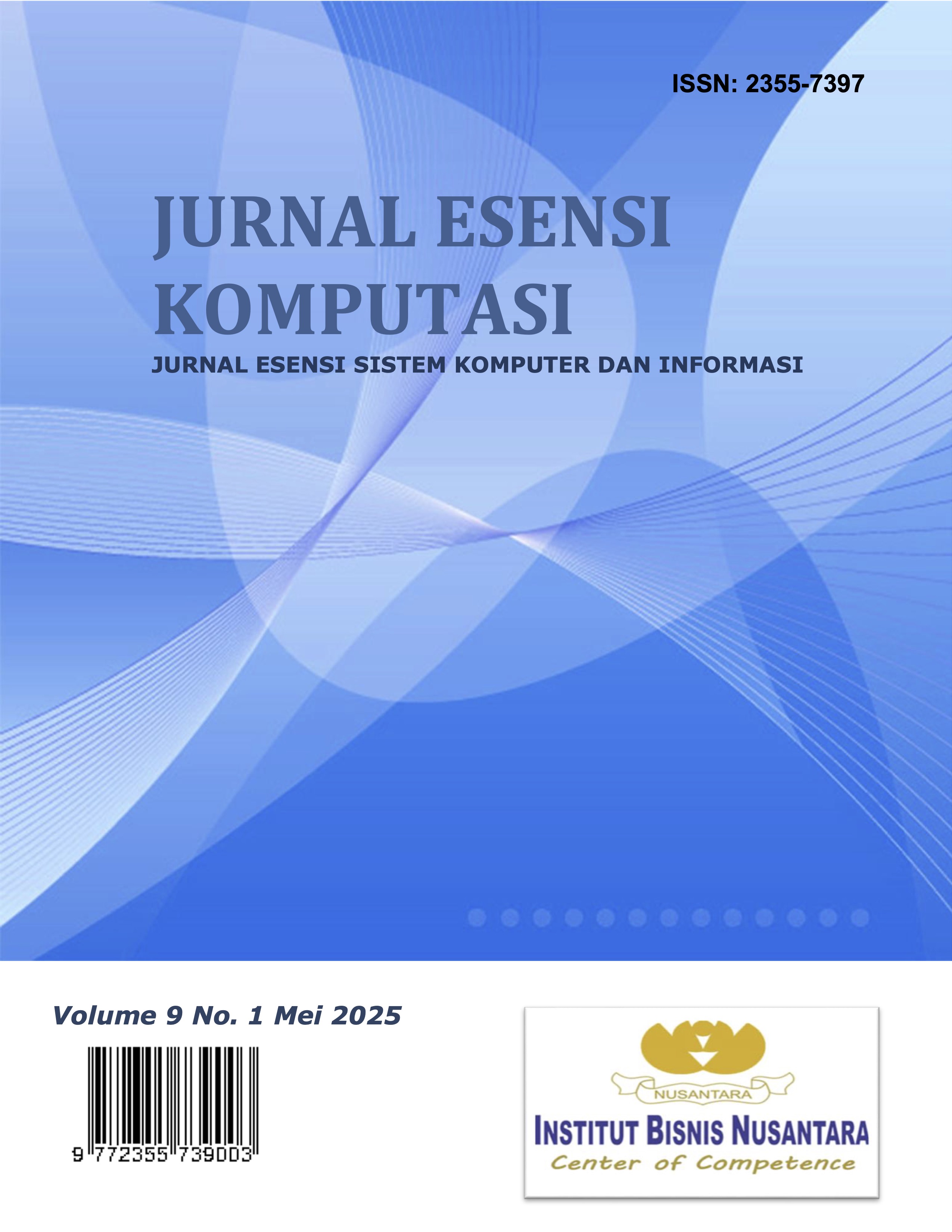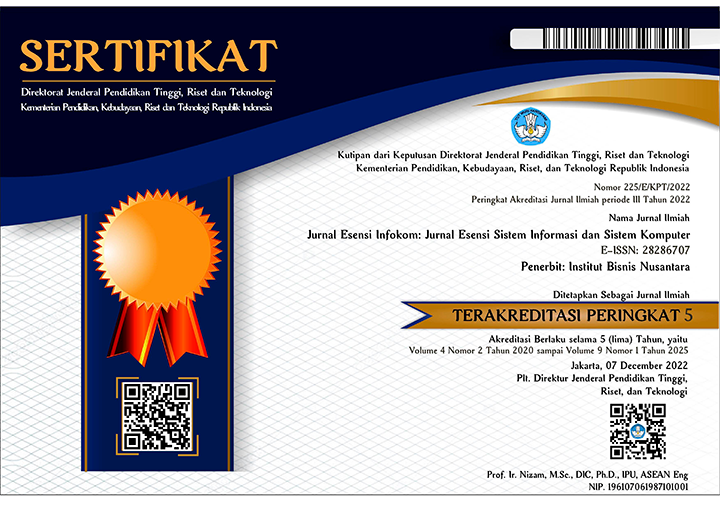Sistem Penunjang Keputusan Pemilihan Guru Terbaik Melalui Penilaian Administrasi Pembelajaran dengan Metode TOPSIS
Abstract
The process of selecting the most outstanding teachers is an important part of efforts to improve the quality of education in schools. At SMAS Sultan Agung Puger, teacher assessments have so far been subjective and have not used a structured system. Thus, this study aims to design and develop a Decision Support System (DSS) to assist the process of selecting the best teachers based on the evaluation criteria for learning administration that have been set by the school. The method used in this study is the Technique for Order Preference by Similarity to Ideal Solution (TOPSIS), because this method is able to provide objective ranking results oriented towards the level of similarity to the ideal solution. TOPSIS has the advantage of calculating the positive and negative values of each alternative simultaneously. The results of the system implementation show that the teacher with alternative A4 obtained the highest preference value of 1, so he was selected as the best teacher. This system has succeeded in helping to provide more transparent, systematic, and objective evaluation results. Thus, the system built using the TOPSIS method has proven effective in supporting the decision-making process for selecting the best teachers based on learning administration data.




